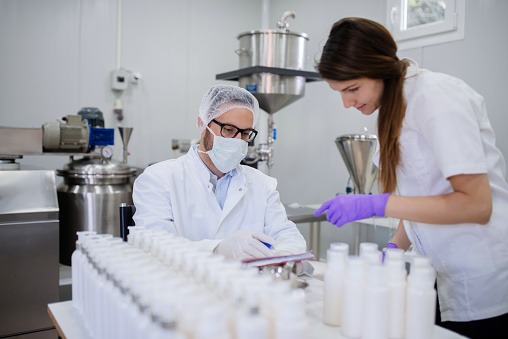
COSMETIC PRESERVATIVE EFFICACY TEST
The Cosmetic Preservative Efficacy Test, also known as the Challenge Test or Preservative Efficacy Test (PET), is a microbiological test performed to evaluate the resistance of cosmetic products against microbial contamination and to assess the effectiveness of the preservative system within the product. This test is conducted to ensure the product remains safe for the consumer by preventing the growth of microorganisms throughout its shelf life and during use.
The Purpose of the Cosmetic Preservative Efficacy Test:
To Evaluate the Adequacy of the Preservative System: To determine how effective the preservatives used in the product are at preventing the growth of microorganisms (bacteria, yeast, and mold).
To Ensure Product Safety: To minimize the risk of microbial contamination during the use of cosmetic products and to protect consumer health.
To Support Shelf Life: To ensure that the product remains microbiologically stable throughout its shelf life and can be used safely.
To Comply with Legal Requirements: To demonstrate compliance with regulations and guidelines related to cosmetic products, such as the European Union Cosmetics Regulation (1223/2009/EC).


How is the Cosmetic Preservative Efficacy Test Performed?
This test generally involves the following steps:
Microorganism Selection: The microorganisms used in the test are selected from bacteria, yeast, and mold species that are commonly found in cosmetic products and can cause spoilage. The following standard test organisms are typically used:
Pseudomonas aeruginosa (Gram-negative bacterium)
Staphylococcus aureus (Gram-positive bacterium)
Escherichia coli (Gram-negative bacterium)
Candida albicans (Yeast)
Aspergillus brasiliensis (Mold)
Sample Preparation: A specific amount of the cosmetic product is taken and diluted in a sterile manner.
Inoculation: A known quantity of test microorganisms at specific concentrations is added to the prepared samples (For example, in the range of 10<sup>5</sup> -10<sup>6</sup> cfu/g or cfu/ml for each microorganism).
Incubation: The samples are incubated for a specific period (usually 28 days) at a suitable temperature and conditions for the growth of microorganisms.
Sampling and Counting: At specific time intervals (e.g., on days 7, 14, 21, and 28), samples are taken from the specimens, and the number of viable microorganisms in them is determined. Microbiological counting techniques are used for this process.
Evaluation of Results: The number of viable microorganisms at each time point is compared with the initial inoculation quantity. The effectiveness of the preservative system is evaluated based on the reduction (logarithmic reduction) in the number of microorganisms. Generally, a minimum reduction of 2-3 log for bacteria and 1-2 log for yeasts and molds is required (varies depending on product category).
Reporting: The results are presented in a comprehensive report, supported by tables and graphs.
Contact Us to Begin Your Cosmetic Preservative Efficacy Testing Process.
We offer affordable and effective solutions tailored to your needs.
The information presented on this website does not constitute legal advice and is intended for informational purposes only. KompassEurope.com.tr assumes no responsibility for any errors or omissions in the information contained on this website. Any decisions made or actions taken by the reader based on this information are solely at the reader's own risk, and KompassEurope.com.tr shall not be held liable for any legal consequences arising from such decisions or actions. Readers are strongly advised to seek professional legal counsel regarding their specific circumstances and concerns.
© 2025 Kompass Europe. All rights reserved. The contents of this website belong to Kompass Europe and are protected by copyright laws. Copying, publishing, distributing or any commercial use of the information on the website is possible only with written permission. By using this site, you agree to our Terms of Use and Privacy Policy.
